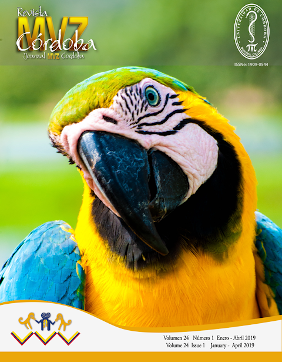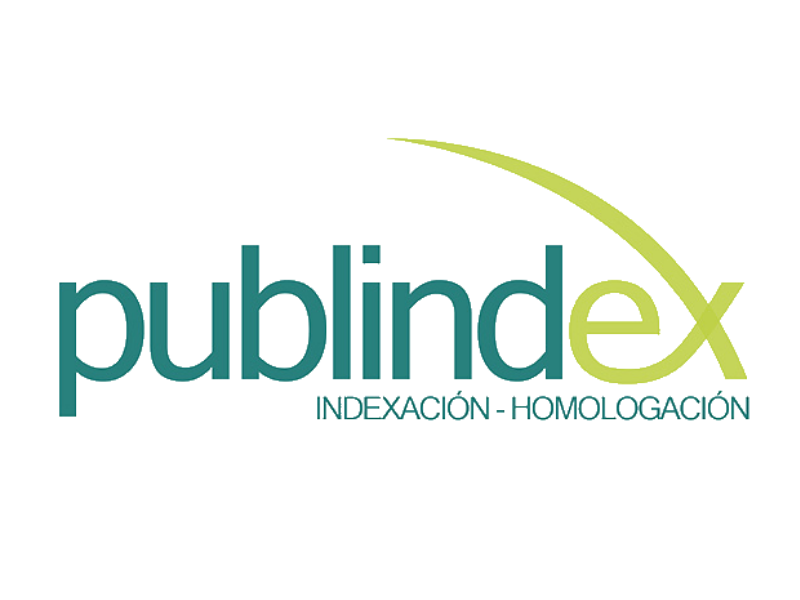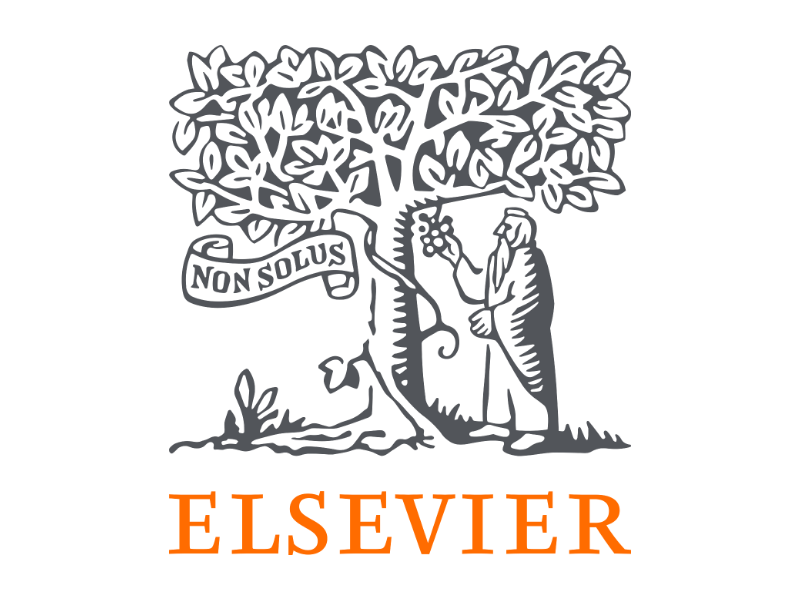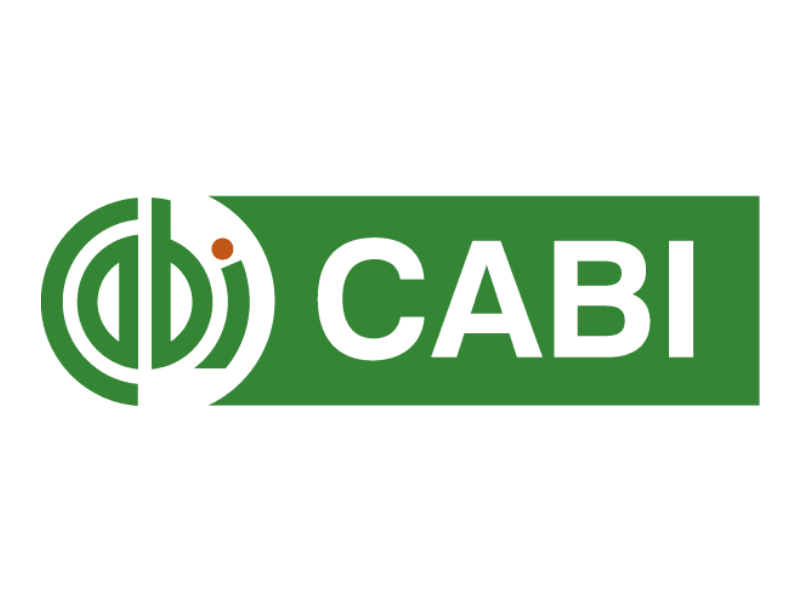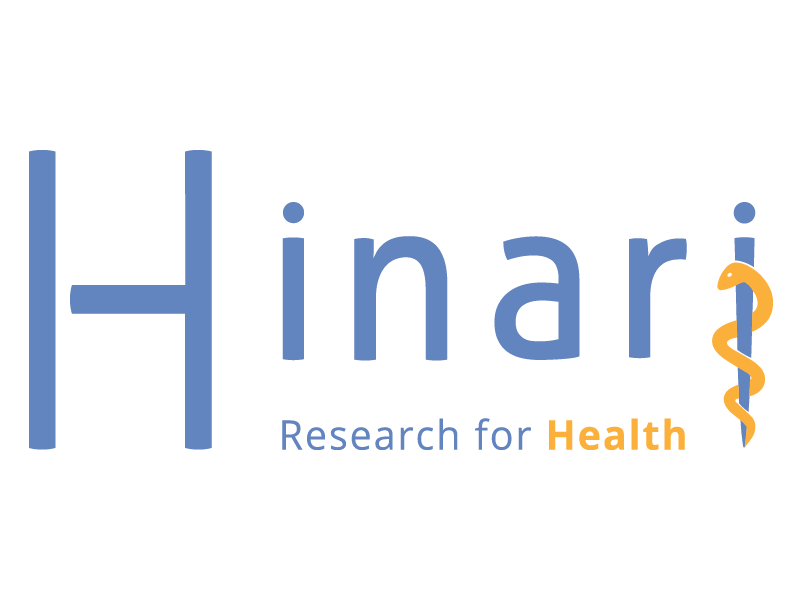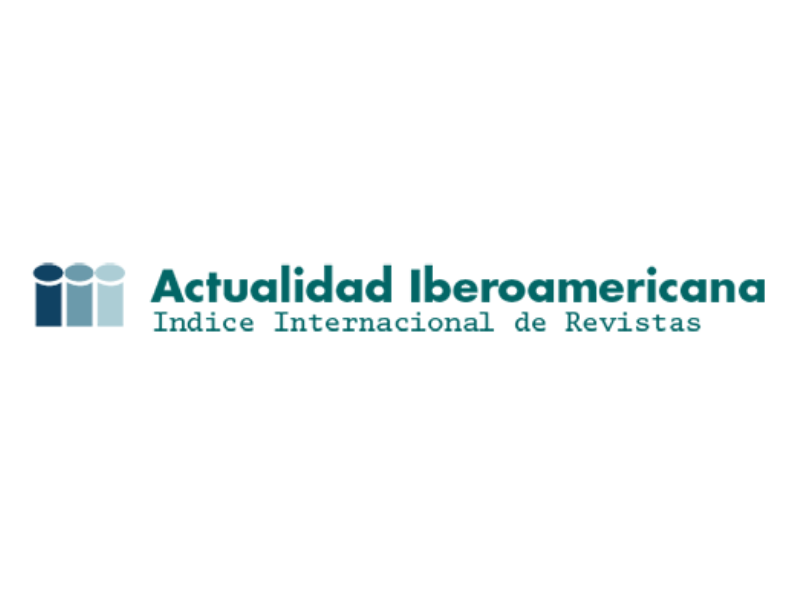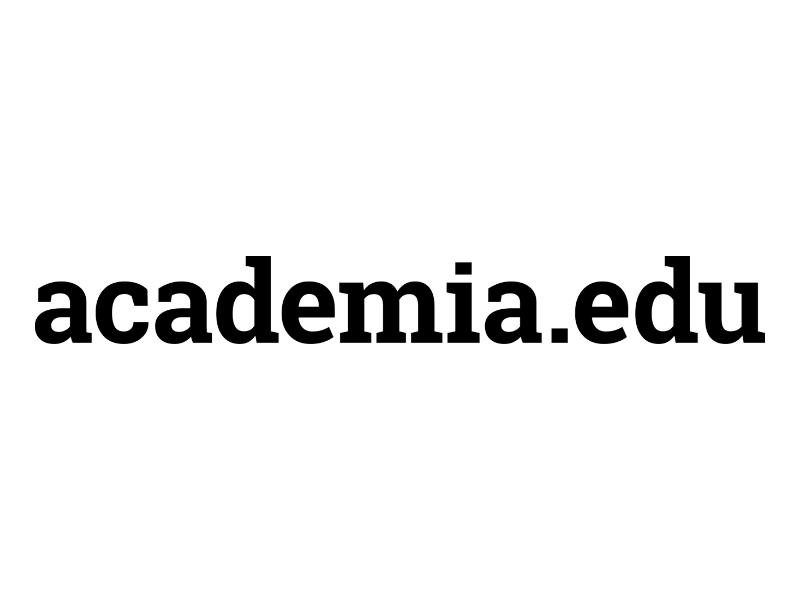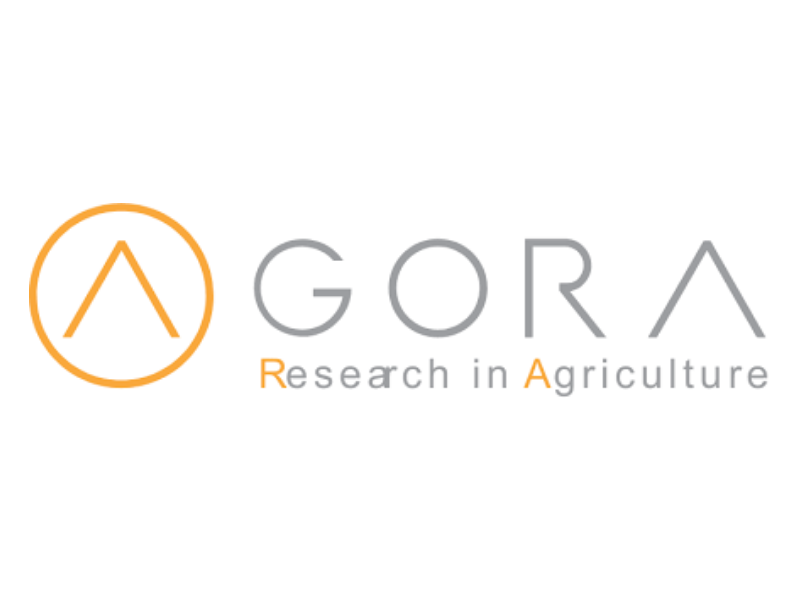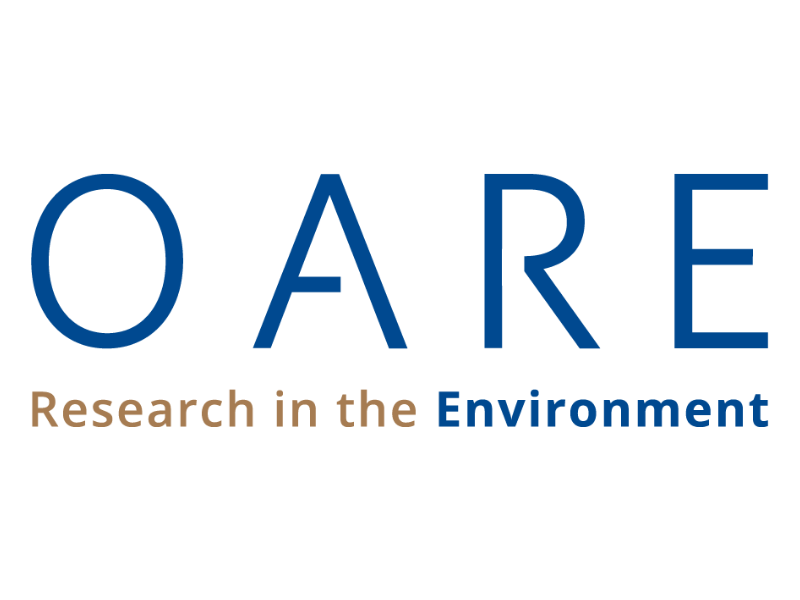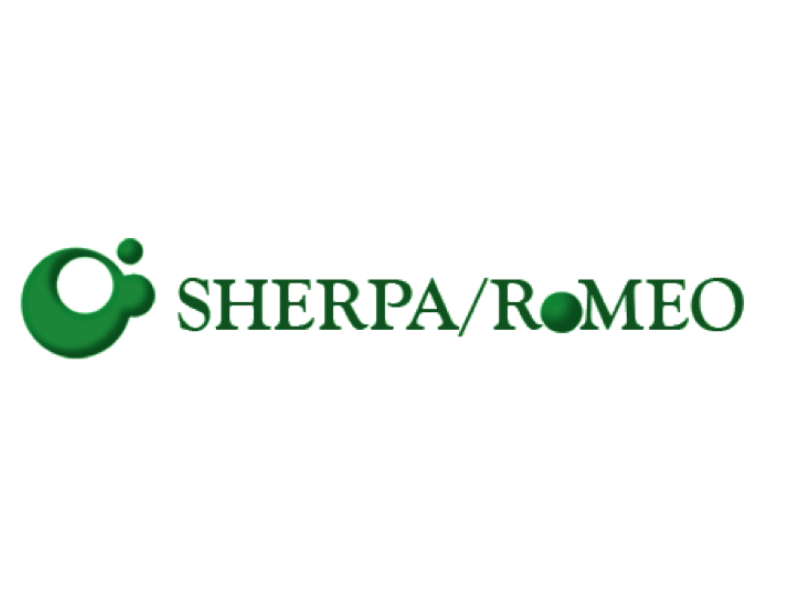Recuperación de Cryptococcus neoformans y Cryptococcus gattii a partir de fuentes ambientales en Cúcuta, Norte de Santander y su asociación con aislados clínicos
Recuperación de Cryptococcus neoformans y Cryptococcus gattii a partir de fuentes ambientales en Cúcuta, Norte de Santander y su asociación con aislados clínicos
Mostrar biografía de los autores
Objetivo. Aislar, identificar y caracterizar molecularmente aislamientos de Cryptococcus patógenos humanos a partir de muestras ambientales y clínicas de la ciudad de Cúcuta. Materiales y métodos. Se recolectaron 1300 muestras de 446 árboles de 10 especies diferentes, en 10 zonas públicas de Cúcuta. Concomitantemente, se obtuvieron aislados clínicos de Cryptococcus sp (junio de 2016-junio de 2017). Se realizó cultivo en agar semillas de Guizottia abysinica, posterior identificación bioquímica y caracterización genética mediante PCR-huella Digital y RFLP-URA5 Resultados. Se determinó prevalencia ambiental para C. neoformans de 4,3 % (19 individuos positivos) y C. gattii de 0,2 % (1 individuo positivo), para un total de 20 árboles positivos y 21 aislados (dos de un mismo individuo). El parque Santander registró el 47,6 % de la prevalencia global (10 / 21 aislados), seguido del parque La Victoria con 23,8 % (5/21 aislados), correspondientes a C. neoformans. Se obtuvo un aislado de C gattiien un individuo Ficus benjamina del parque Mercedes Ábrego. El análisis genotípico reveló presencia de C. neoformans var. grubii VNI en el 85,7% de los aislados ambientales, así como en el 100% de los clínicos, seguido de VNII y VGII en 9,5% y 4,8% de los aislados ambientales, respectivamente. Conclusión. El muestreo longitudinal de nichos ambientales con reporte previo del hongo revela su persistencia, requiriéndose de estudio permanente y búsqueda activa en pacientes, especialmente en zonas consideradas endémicas
Visitas del artículo 1781 | Visitas PDF
Descargas
- Ye F, Xie J-x, Zeng Q-s, Chen G-q, Zhong S-q, Zhong N-s. Retrospective analysis of 76 immunocompetent patients with primary pulmonary cryptococcosis. Lung. 2012; 190(3):339-346. DOI: https://doi.org/10.1007/s00408-011-9362-8 PMid:22246551
- Lin X, Heitman J. The biology of the Cryptococcus neoformans species complex. Annu Rev Microbiol. 2006; 60:69-105. DOI: https://doi.org/10.1146/annurev.micro.60.080805.142102 PMid:16704346
- Perfect JR. Management of cryptococcosis: how are we doing? PLoS med. 2007; 4(2):e47. DOI: https://doi.org/10.1371/journal.pmed.0040047 PMid:17284156
- Perfect JR, Dismukes WE, Dromer F, Goldman DL, Graybill JR, Hamill RJ, et al. Clinical practice guidelines for the management of cryptococcal disease: 2010 update by the Infectious Diseases Society of America. Clin Infect Dis. 2010; 50(3):291-322. DOI: https://doi.org/10.1086/649858 PMid:20047480
- Alvarez-Moreno CA, Cortes JA, Denning DW. Burden of Fungal Infections in Colombia. J Fungi. 2018; 4(2):41. DOI: https://doi.org/10.3390/jof4020041 PMid:29561795 PMCid:PMC6023354
- Esher SK, Zaragoza O, Alspaugh JA. Cryptococcal pathogenic mechanisms: a dangerous trip from the environment to the brain. Mem Inst Oswaldo Cruz. 2018; 113(7):1-15. DOI: https://doi.org/10.1590/0074-02760180057 PMid:29668825
- Kwon-Chung KJ, Fraser JA, Doering TL, Wang ZA, Janbon G, Idnurm A, et al. Cryptococcus neoformans and Cryptococcus gattii, the etiologic agents of cryptococcosis. Cold Spring Harb Perspect Med. 2014; 4(7):a019760. DOI: https://doi.org/10.1101/cshperspect.a019760 PMid:24985132
- Hagen F, Khayhan K, Theelen B, Kolecka A, Polacheck I, Sionov E, et al. Recognition of seven species in the Cryptococcus gattii/Cryptococcus neoformans species complex. Fungal Genet Biol. 2015; 78:16-48. DOI: https://doi.org/10.1016/j.fgb.2015.02.009 PMid:25721988
- Escandón P, Lizarazo J, Agudelo CI, Casta-eda E. Cryptococcosis in Colombia: Compilation and Analysis of Data from Laboratory-Based Surveillance. J Fungi. 2018; 4(1):32. DOI: https://doi.org/10.3390/jof4010032 PMid:29494502
- Lizarazo J, Escandón P, Agudelo CI, Firacative C, Meyer W, Casta-eda E. Retrospective study of the epidemiology and clinical manifestations of Cryptococcus gattii infections in Colombia from 1997–2011. PLoS Negl Trop Dis. 2014; 8(11):e3272. DOI: https://doi.org/10.1371/journal.pntd.0003272 PMid:25411779
- Lizarazo J, Chaves O, Pe-a Y, Escandón P, Agudelo CI, Casta-eda E. Comparación de los hallazgos clínicos y de supervivencia entre pacientes VIH positivos y VIH negativos con criptococosis meníngea en un hospital de tercer nivel. Acta Med Colomb. 2012; 37(2):49-61.
- Chen SC-A, Meyer W, Sorrell TC. Cryptococcus gattii infections. Clin Microbiol Rev. 2014; 27(4):980-1024. DOI: https://doi.org/10.1128/CMR.00126-13 PMid:25278580
- Callejas A, Ordonez N, Rodriguez M, Castaneda E. First isolation of Cryptococcus neoformans var. gattii, serotype C, from the environment in Colombia. Med Mycol. 1998; 36(5):341-344. DOI: https://doi.org/10.1080/02681219880000531 PMid:10075505
- Paliwal D, Randhawa H. Evaluation of a simplified Guizotia abyssinica seed medium for differentiation of Cryptococcus neoformans. J Clin Microbiol. 1978; 7(4):346-348. PMid:357441
- Escandón P, Quintero E, Granados D, Huérfano S, Ruiz A, Casta-eda E. Isolation of Cryptococcus gattii serotype B from detritus of Eucalyptus trees in Colombia. Biomédica. 2005; 25(3):390-397. DOI: https://doi.org/10.7705/biomedica.v25i3.1363 PMid:16276686
- Staib F, Seibold M, Antweiler E, Fröhlich B. Staib Agar Supplemented with a Triple Antibiotic Combination for the Detection of Cryptococcus neoformtans in Clinical Specimens: Staib-Agar mit einer Dreifach-Antibiotika-Kombination für den Nachweis von Cryptococcus neoformans in klinischem Untersuchungsmaterial. Mycoses. 1989; 32(9):448-454. DOI: https://doi.org/10.1111/j.1439-0507.1989.tb02280.x PMid:2691887
- Kwon-Chung K, Wickes BL, Booth J, Vishniac HS, Bennett JE. Urease inhibition by EDTA in the two varieties of Cryptococcus neoformans. Infect Immun. 1987; 55(8):1751-1754. PMid:3112009
- Min K, Kwon-Chung K. The biochemical basis for the distinction between the two Cryptococcus neoformans varieties with CGB medium. Zentralbl Bakteriol Mikrobiol Hyg A. 1986; 261(4):471-480. DOI: https://doi.org/10.1016/S0176-6724(86)80079-7
- Casali AK, Goulart L, Rosa e Silva LK, Ribeiro ÂM, Amaral AA, Alves SH, et al. Molecular typing of clinical and environmental Cryptococcus neoformans isolates in the Brazilian state Rio Grande do Sul. FEMS Yeast Res. 2003; 3(4):405-415. DOI: https://doi.org/10.1016/S1567-1356(03)00038-2
- Escandón P, Sánchez A, Martínez M, Meyer W, Casta-eda E. Molecular epidemiology of clinical and environmental isolates of the Cryptococcus neoformans species complex reveals a high genetic diversity and the presence of the molecular type VGII mating type a in Colombia. FEMS Yeast Res. 2006; 6(4):625-635. DOI: https://doi.org/10.1111/j.1567-1364.2006.00055.x PMid:16696659
- Escandón P, de Bedout C, Lizarazo J, Agudelo CI, Tobón Á, Bello S, et al. Cryptococcosis in Colombia: Results of the national surveillance program for the years 2006-2010. Biomédica. 2012; 32(3):386-398. DOI: https://doi.org/10.7705/biomedica.v32i3.707 PMid:23715187
- Chowdhary A, Randhawa HS, Prakash A, Meis JF. Environmental prevalence of Cryptococcus neoformans and Cryptococcus gattii in India: an update. Crit Rev Microbiol. 2012; 38(1):1-16. DOI: https://doi.org/10.3109/1040841X.2011.606426 PMid:22133016
- Lizarazo J, Linares M, de Bedout C, Restrepo Á, Agudelo CI, Casta-eda E. Estudio clínico y epidemiológico de la criptococosis en Colombia: resultados de nueve a-os de la encuesta nacional, 1997-2005. Biomédica. 2007; 27(1):94-109. DOI: https://doi.org/10.7705/biomedica.v27i1.236 PMid:17546227
- Cogliati M, Zamfirova RR, Tortorano AM, Viviani MA, Network FC. Molecular epidemiology of Italian clinical Cryptococcus neoformans var. grubii isolates. Sabouraudia. 2013; 51(5):499-506. DOI: https://doi.org/10.3109/13693786.2012.751642 PMid:23286351
- Mak S, Vélez N, Casta-eda E, Escandón P. The fungus among us: Cryptococcus neoformans and Cryptococcus gattii ecological modeling for Colombia. Journal of Fungi. 2015; 1(3):332-344. DOI: https://doi.org/10.3390/jof1030332 PMid:29376914 PMCid:PMC5753128
- Firacative C, Torres G, Rodríguez MC, Escandón P. First environmental isolation of Cryptococcus gattii serotype B, from Cúcuta, Colombia. Biomedica. 2011; 31(1):118-123. DOI: https://doi.org/10.7705/biomedica.v31i1.342 PMid:22159490
- Springer DJ, Billmyre RB, Filler EE, Voelz K, Pursall R, Mieczkowski PA, et al. Cryptococcus gattii VGIII isolates causing infections in HIV/AIDS patients in Southern California: identification of the local environmental source as arboreal. PLoS Pathog. 2014; 10(8):1-19. DOI: https://doi.org/10.1371/journal.ppat.1004285 PMid:25144534
- Lizarazo J, Escandón P, Agudelo CI, Casta-eda E. Cryptococcosis in Colombian children and literature review. Mem Inst Oswaldo Cruz. 2014; 109(6):797-804. DOI: https://doi.org/10.1590/0074-0276130537 PMid:25317708
- González GM, Casillas-Vega N, Garza-González E, Hernández-Bello R, Rivera G, Rodríguez JA, et al. Molecular typing of clinical isolates of Cryptococcus neoformans/Cryptococcus gattii species complex from Northeast Mexico. Folia Microbiol. 2016; 61(1):51-56. DOI: https://doi.org/10.1007/s12223-015-0409-8 PMid:26109075
- Montagna MT, De Donno A, Caggiano G, Serio F, De Giglio O, Bagordo F, et al. Molecular characterization of Cryptococcus neoformans and Cryptococcus gattii from environmental sources and genetic comparison with clinical isolates in Apulia, Italy. Environ Res. 2018; 160:347-352. DOI: https://doi.org/10.1016/j.envres.2017.09.032 PMid:29054089
